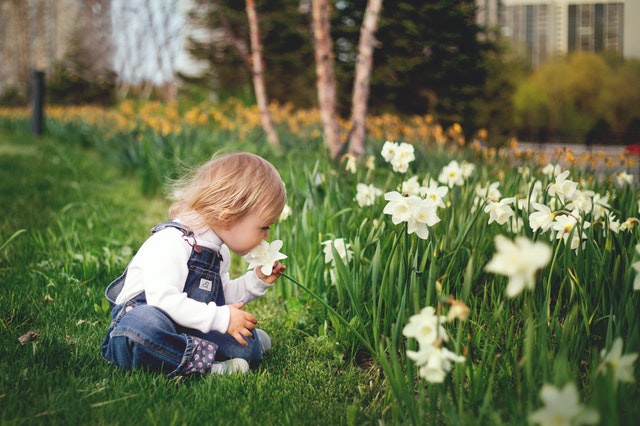 If you love to garden, sharing that passion with the kids in your life can make an already great hobby that much more rewarding. In some studies, gardening has been shown to relieve stress, and there are many benefits to kids specifically, from teaching them about nature and biology to encouraging healthier eating habits.
If you love to garden, sharing that passion with the kids in your life can make an already great hobby that much more rewarding. In some studies, gardening has been shown to relieve stress, and there are many benefits to kids specifically, from teaching them about nature and biology to encouraging healthier eating habits.
Whether you want to start a family gardening practice with your kids or just do some fun gardening projects with your grandkids, nieces, or nephews, we’ve got everything you need (and some things you didn’t know you needed!) here at Whispering Springs Nursery.
Gardening Ideas for Kids
Create a magical fairy garden.
Fairy gardens have been around for years, but recently they’ve made quite a comeback thanks to social media like Pinterest and Instagram. Ideas for fairy gardens abound on the internet, but the real beauty of them is that you can let your imagination run wild!
If you’re wondering what a fairy garden is, it’s simply a miniature garden (often planted in a container) that allows for “landscaping” on a small scale—think of a garden scaled for a fairy to live in! Tiny doors, dollhouse-sized furniture, decorations, moss, and small-scale plants bring the environment to life, sparking the imagination and teaching kids about planting a garden all at once. With proper care, it can even be like a living dollhouse, setting the stage for hours of imaginative play with dolls or toys. Come and check out our fairy garden supplies or commission a custom fairy garden created by us.
Grow your own food with a kitchen garden.
Speaking of container gardens, we have everything you need for your container garden projects, from unique planters and pots to a huge selection of annuals, perennials, trees, shrubs, deer-resistant plants, and even aquatic plants for your pond or fountain. One of the best container gardening projects for kids is planting a mini kitchen garden. Dwarf tomato plant varieties can easily be grown on a patio or porch, while herbs like basil, mint, and thyme are low-maintenance winners and can even be grown in a windowsill!
Support pollinators with a bee and butterfly garden.
Gardening has the potential to teach kids so much about the natural world, and they can even lend a helping hand to struggling pollinators like bees and butterflies. Visit our Jasper nursery to find colorful pollinator-friendly plants and create a garden that helps the environment in addition to looking beautiful.
We’re always happy to help you select the best plants for your projects, from native plants that bees love to deer-resistant species that look great without serving as a deer buffet. Get the kids in your life started on a lifelong journey of gardening! We are open for curb-side pickup, so explore our site and give us a call at 770-893-1254.



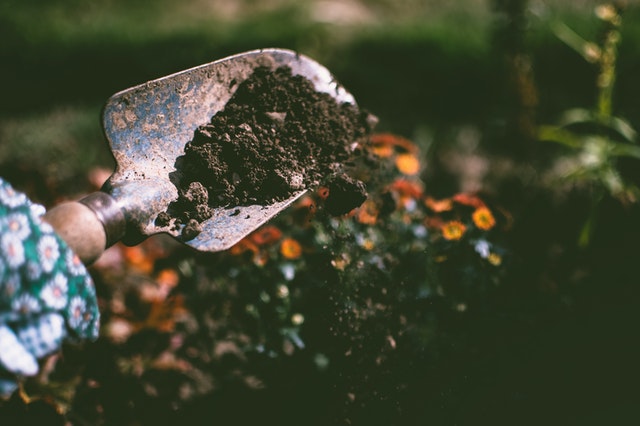 Since we’re all spending so much time at home these days, many folks are taking the opportunity to work on their
Since we’re all spending so much time at home these days, many folks are taking the opportunity to work on their 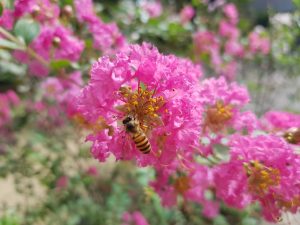
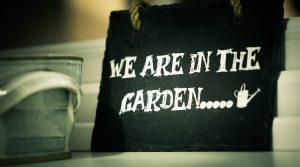 Spring has sprung, and the first official day of summer is weeks away. You’ve likely been busy in your garden since March, but the work isn’t done yet. For many, it’s just beginning. But don’t worry – your hard work to
Spring has sprung, and the first official day of summer is weeks away. You’ve likely been busy in your garden since March, but the work isn’t done yet. For many, it’s just beginning. But don’t worry – your hard work to 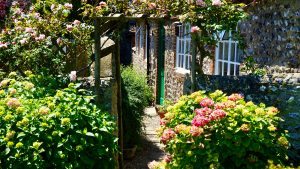 The random bouts of cold weather have officially subsided, and the warm weather has finally arrived. Spring and summer are two of the best seasons of the year because it’s backyard season!
The random bouts of cold weather have officially subsided, and the warm weather has finally arrived. Spring and summer are two of the best seasons of the year because it’s backyard season!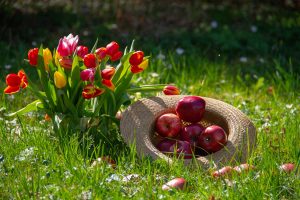
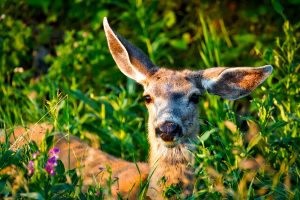
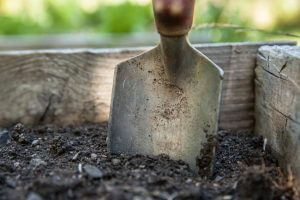
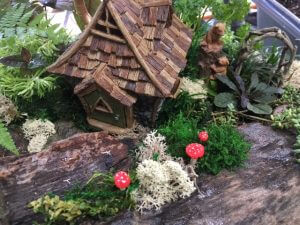
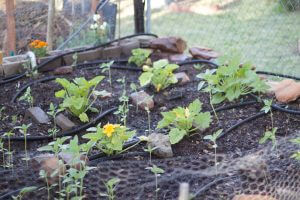 Water
Water